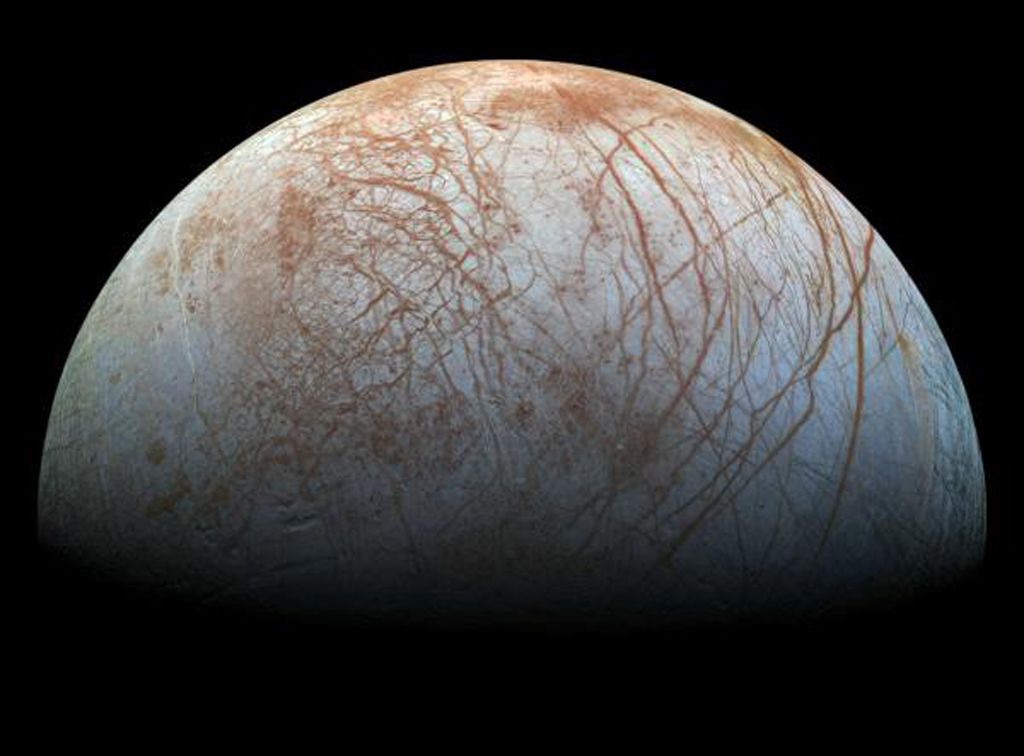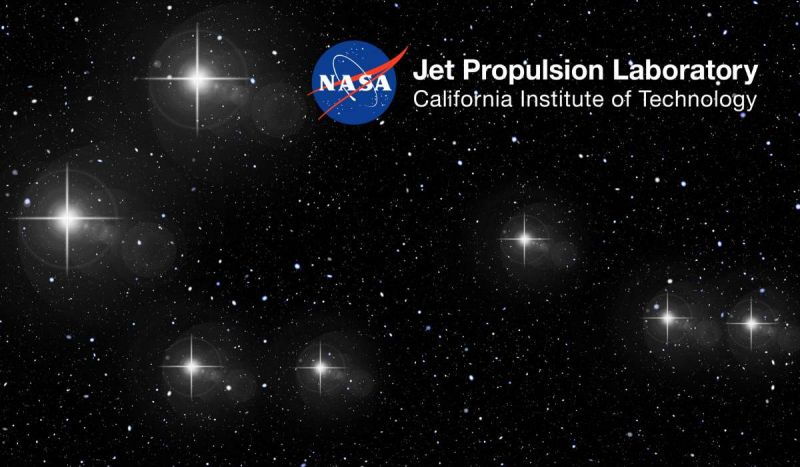New research helps understand the effects of constant impact gardening on the surface of Jupiter’s moon Europa and how that may affect the search for life.

IMAGE: This image taken by NASA’s Galileo spacecraft in the late 1990s shows Europa’s ice shell, marked by fractures and impact craters, and it evokes a sense of mystery about what lies within it and beneath that shell. The color variations on the surface show that there’s communication between the surface and subsurface, the nature of which is a subject of intense study. This paper helps us to understand the effects of constant surface bombardment on materials that may be available for study at the surface. CREDIT: NASA/JPL-Caltech/SETI Institute
While Enceladus is on the radar for possible life, there are currently no missions planned to go to the tiny world. However, another icy moon, larger and just as interesting, Europa, is on the mission schedule with the Europa Clipper.
New research published in Nature Astronomy examines the results of “impact gardening” on the surface of Europa. For tens of millions of years, small impacts have churned the icy surface down to an average depth of 30 centimeters. That surface is scarred and battered, covered in tiny craters that fracture the ice. As with Enceladus, one of the issues with habitability is the radiation that hits the surface. Under the ice, life would be protected. But if that ice is being churned, some of the subsurface water could be brought to the surface, and evidence of life might be destroyed by the radiation. Some of that surface ice could also get moved into the water, mixing into the ocean and changing the chemical composition, possibly affecting any life.
Lead author Emily Costello notes: If we hope to find pristine, chemical biosignatures, we will have to look below the zone where impacts have been gardening. Chemical biosignatures in areas shallower than that zone may have been exposed to destructive radiation.
This work constitutes the first time scientists have examined impact gardening in relation to Europa’s surface and the impacts experienced by outer solar system bodies. Co-author Cynthia Phillips from JPL notes: This work broadens our understanding of the fundamental processes on surfaces across the solar system. If we want to understand the physical characteristics and how planets in general evolve, we need to understand the role impact gardening has in reshaping them.
Additionally, the research done here could assist with the design of the upcoming Europa Clipper mission, providing guidance for instrumentation and biologic missions. And co-author Rebecca Ghent from the Planetary Science Institute points out: …it also provides a framework for future investigation using higher-resolution images from upcoming missions, which would help to generate more precise estimates on the depth of gardening in various specific regions.
Anything that gets us closer to finding out definitively if there is life in the oceans of Europa or even Enceladus is worth its weight in published paper, in my opinion.
Note: I’ll be interviewing Dr. Emily Costello on Daily Space in the near future. Follow me on Twitter to learn when!
More Information:
- University of Hawai’i Mānoa press release
- NASA JPL press release
- PSI press release
“Impact gardening on Europa and repercussions for possible biosignatures,” E. S. Costello, C. B. Phillips, P. G. Lucey & R. R. Ghent, 2021 July 12, Nature Astronomy
This article originally appeared on Medium, July 15, 2021.





